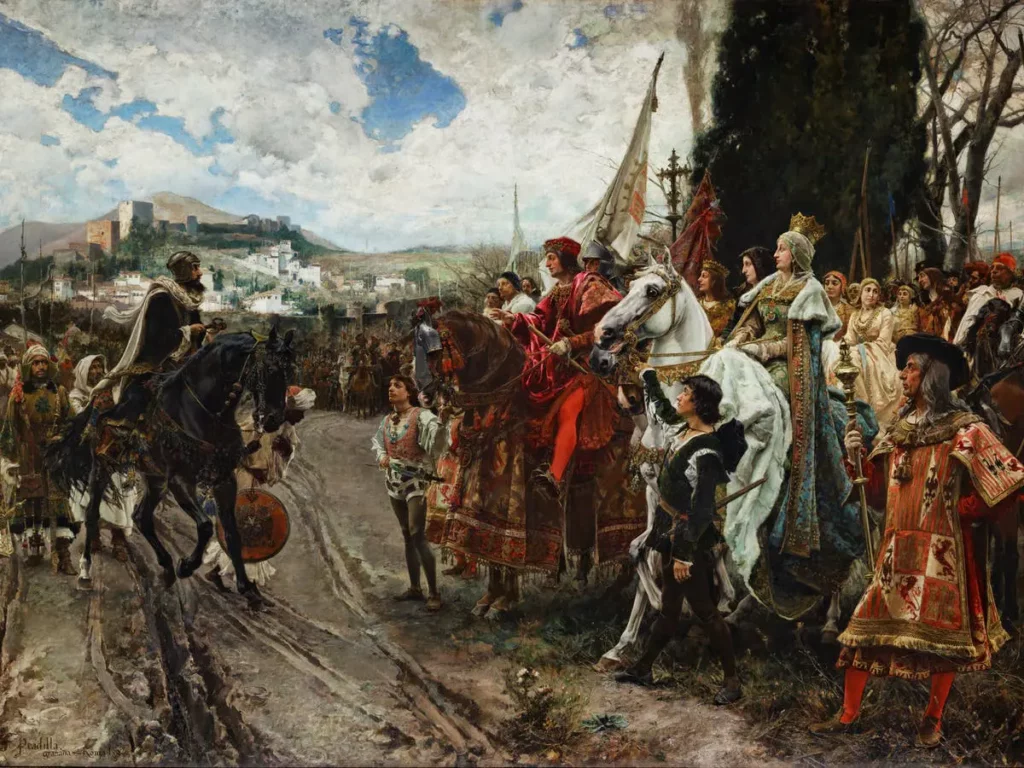Alcazaba ANTEQUERA
The imposing Alcazaba is a superbly restored Moorish fortress that looms over Antequera from it’s dominant hillside position.
Brief History
The Alcazaba was constructed over Roman ruins in the 14th century.
This purposefully positioned Moorish fortress was of great strategic and military importance for when the Islamic world began to come under pressure from Christian Spain, from the north.
Both sides were aware of it’s vital role in the overall battle for the then Kingdom of Granada.
Under Christian invasion the Alcazaba stood firm until September 16th 1410.


A bitter five month long siege had been laid by Infante Don Ferdinand (whose name is now born by the main street in Antequera: Calle Don Infante).
In order to succeed in this great siege Ferdinand had to raise an enormous army for the standards of the day of 15,000 men, as Moorish troops had come in reinforcement from Malaga and Granada, to help defend Antequera.
Infante Don Ferdinand was later known as Ferdinand of Antequera after his crucial conquering of the city.
It was considered the greatest Christian triumph prior to the conquest of Granada, and Antequera was the last city to fall before Granada.
His pronouncement before the fortress was eventually won: “when the sun rises over Antequera, what will be will be”, is now a part of history.
The museum, in the centre of Antequera contains relics of these times.
Visiting the Alcazaba





Any tour of Antequera should incorporate the Alcazaba.
There is a small but quite informative Visitors Office just to the side of the Arco de los Gigantes (see below). Here you can purchase tickets and pick up a hand held audio guide in various languages. Language options are: Spanish, English, German, Italian and French.
Guided tours are available but refer to the Visitors Office for details as timetables will vary.
Arco de los Gigantes
The Arco de los Gigantes (arch of the giants), is situated at the entrance to the Alcazaba, and near the Royal Collegiate Church of Santa María la Mayor in Plaza Escritores beneath the fort.
The Arco was built in the late 16th century to replace a Moorish gate.
It was erected as an artistic symbol of the Roman past of Antequera and it’s surrounding region, and was adorned with sculptures, plaques, and other Roman remains.
The Romans formerly named the city ‘Antikaria’. There is now a 3 star hotel, and one or two private businesses still carrying that name in their logos.
The arch is a fine example of Renaissance thinking, although now all that remains of the ornamentation is a sculptured jar of lillies, a lion, and a tower – emblems of the city.
The Arch has a two meter thick wall, and is seven meters in height.

